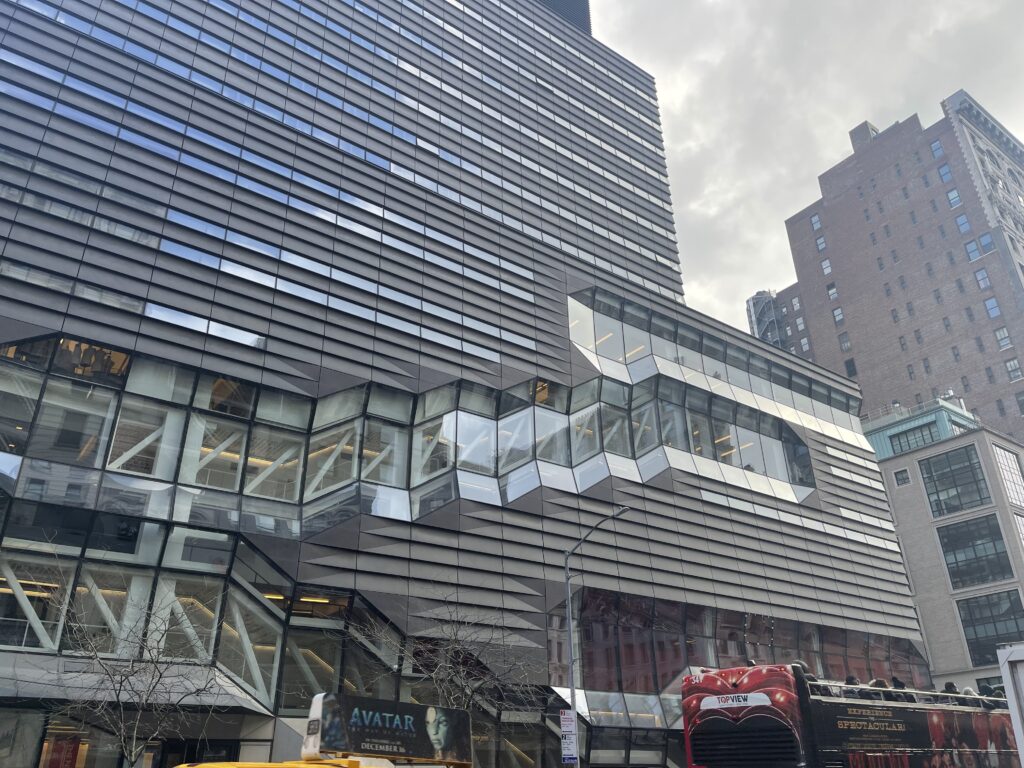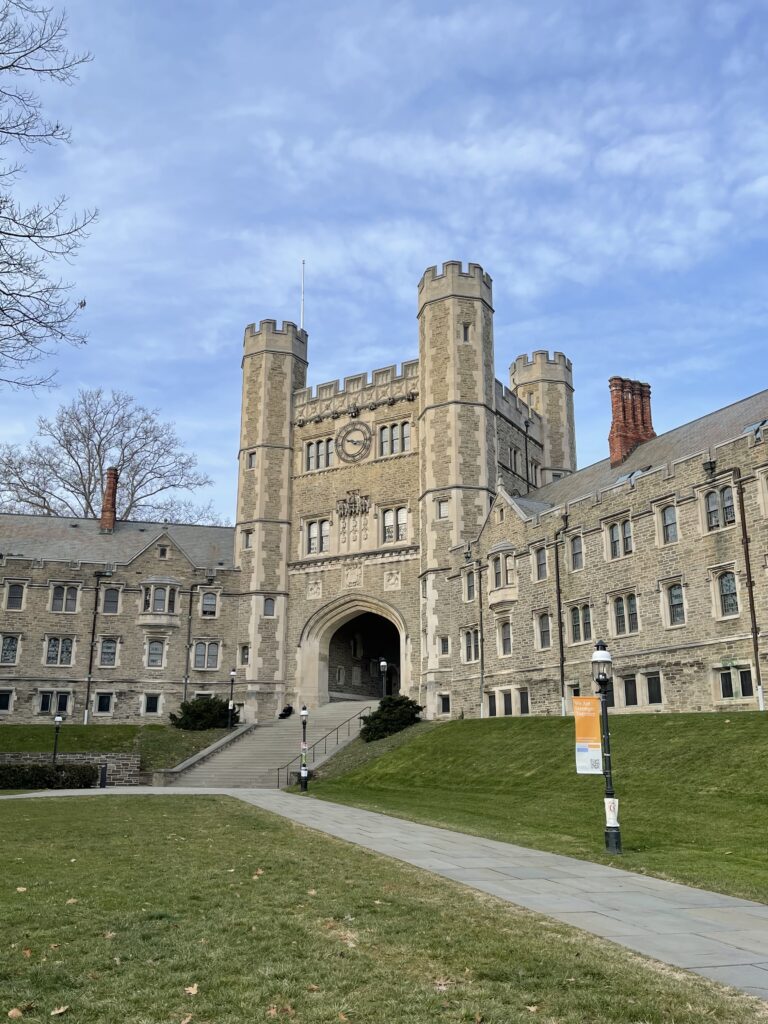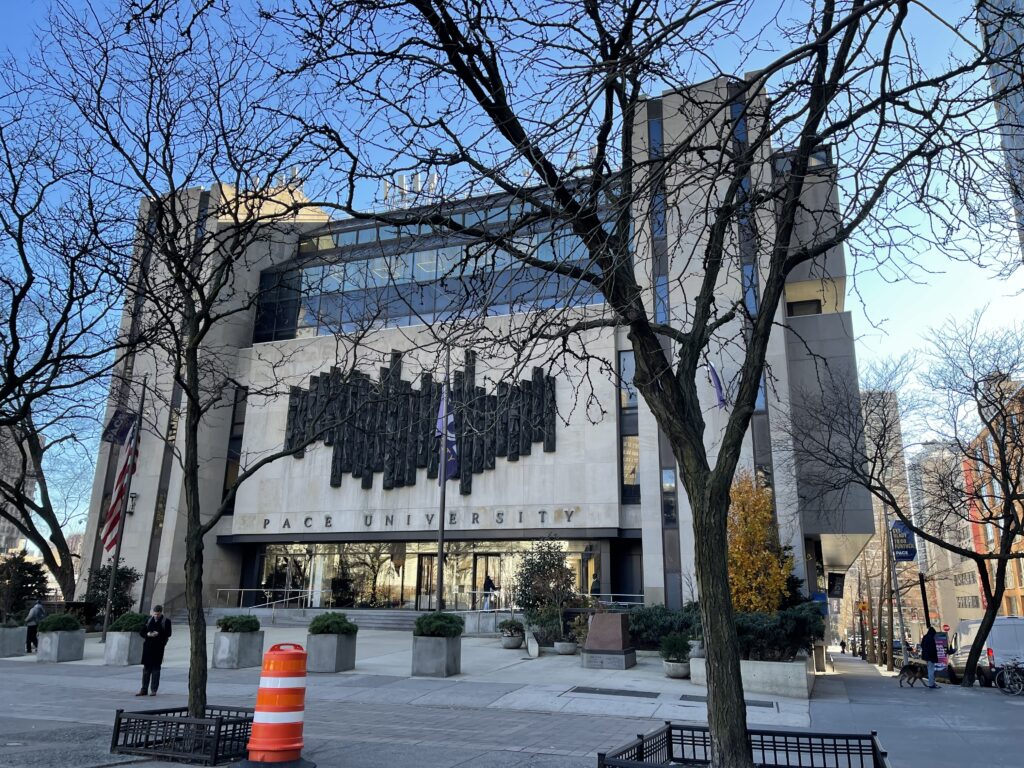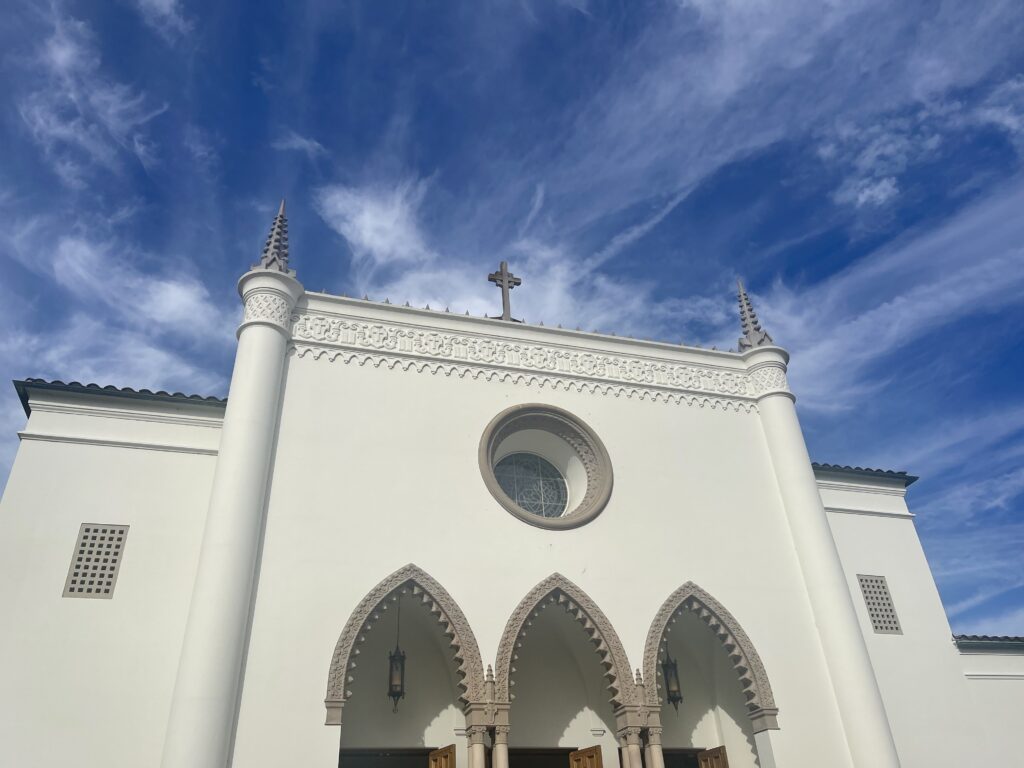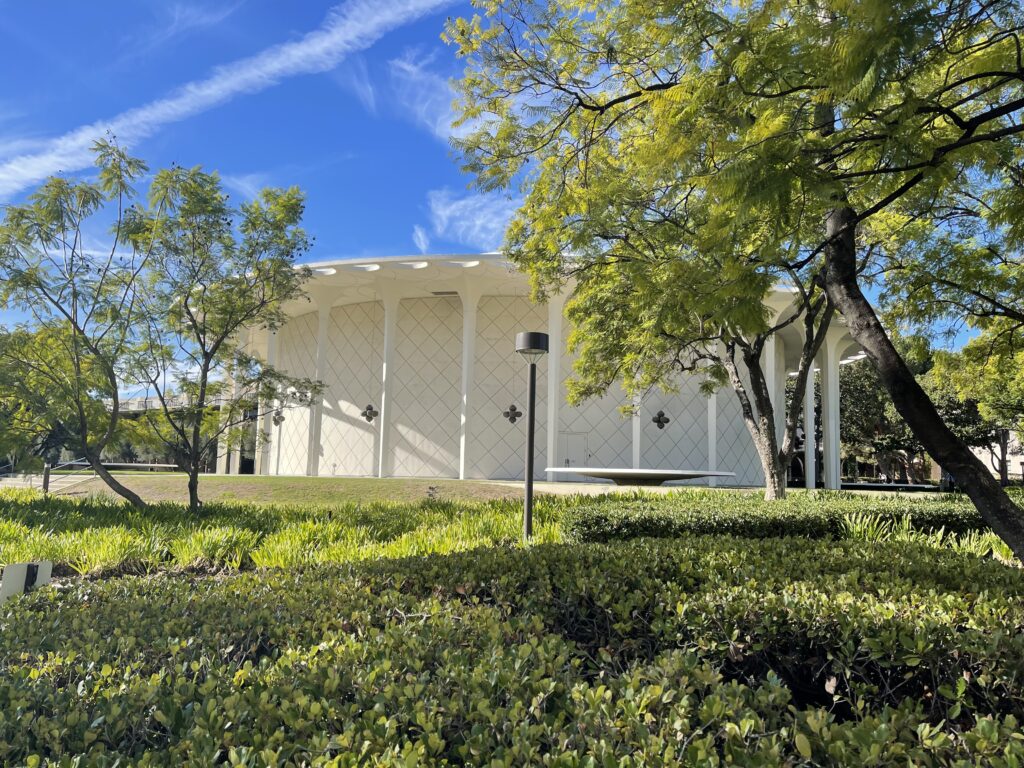I recently visited The New School in Manhattan, where I toured the campus and spoke with the enrollment office about the latest trends in admissions. Here are some takeaways from my visit:
· There are currently 7,632 undergrads, and 92% of classes are under 20 students.
· Interdisciplinary learning is a large focus. Students in Lang can design their own interdisciplinary major, and students can sample from classes across the broader university.
· Lang’s curriculum is very reading and writing-intensive, and applicants are welcome to submit additional writing samples to showcase their strength as a writer.
· A towering 30-40% of students are international.
· The downtown campus, located right next to NYU, is thoroughly integrated into the city. Most freshmen live on campus but then move off after their first year. Almost all students who want on-campus housing for four years, however, can receive it. Most of the dorms are a 20-minute walk from the primary academic buildings.
· Lang graduates often work in design, publishing, museums, and media like local newspapers and NPR.
· Lang isn’t the best choice for pre-med students, as they lack all of the required lab courses.
· With few exceptions (such as fashion design or the Parsons Paris program), students applying to Lang and Parsons do not need to declare a major when applying.
· Many Lang students are also artists, and they can take classes and complete minors through Parsons. There is also a joint 5-year BA/BFA degree program.
· Students can elect to study in Paris for some or all of their time at Parsons.
